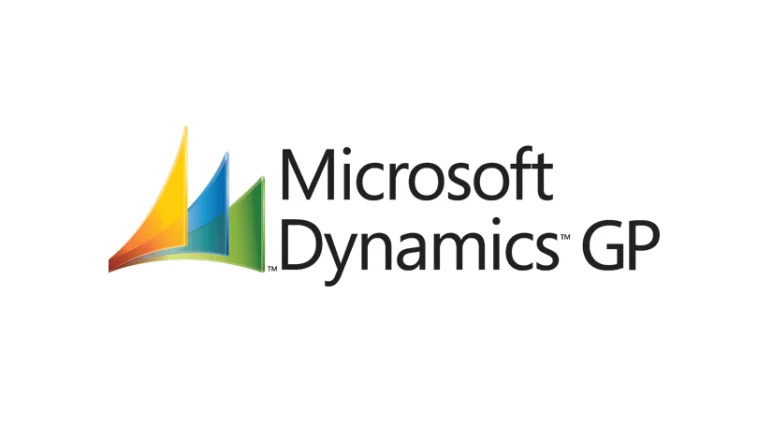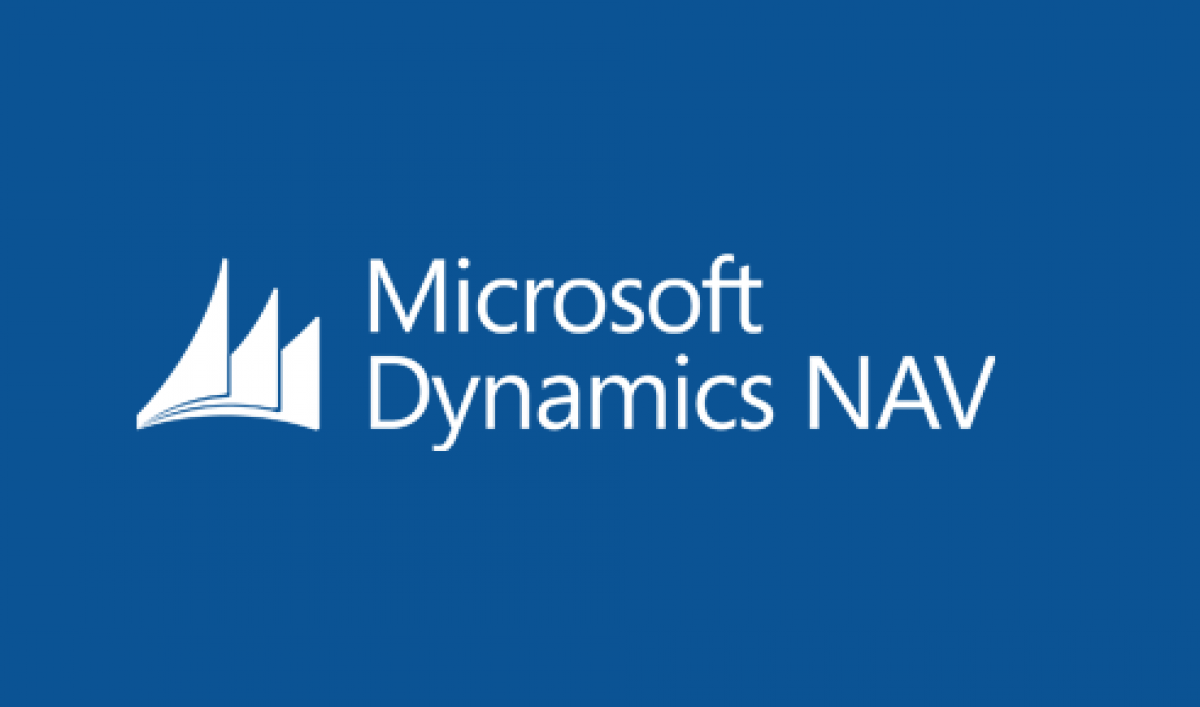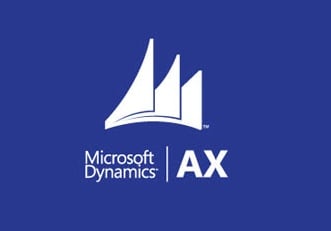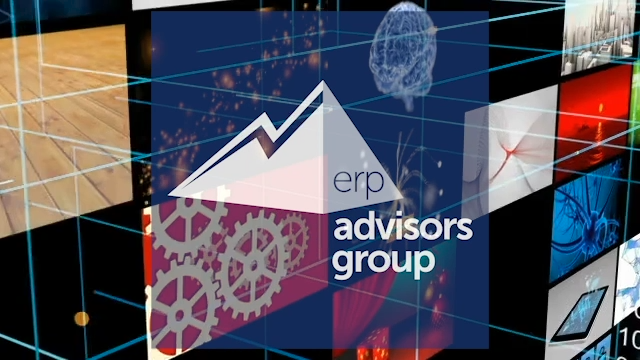
The Brief History of Microsoft Dynamics SL
It’s 1980, co-founders Gary Harpst, Jack Ridge, and Vernon Strong out of Findlay, OH collaborated to launch The Lord’s Business, or TLB, Inc., the foundation for Solomon Software, a small business accounting software application.
Over the next 20 years, Solomon would release Solomon versions I, II, III, and IV. Each release built on the existing product and eventually led to Solomon IV for Windows in 1994. This change alluded to what was to come for the award-winning product, gaining notoriety for its, “strengths for customization, flexibility, and its use of industry-standard tools” (www.nigelfrank.com). Great Plains, another prevalent software company, acquired Solomon in 2000, shortly before being acquired by Microsoft in 2001. Microsoft eventually rolled Solomon into its Dynamics strategy, rebranding the product to Microsoft Dynamics SL.
Understanding Microsoft's Lifecycle Policies
To truly understand the future of Microsoft Dynamics SL, one must understand Microsoft's mainstream and extended support policies, governed under either the Fixed Lifecycle Policy or the Modern Lifecycle Policy.
Microsoft states, “The Fixed Lifecycle Policy applies to many commercial and some consumer products currently available through retail purchase and/or volume licensing.” Customers under The Fixed Lifecycle Policy will receive specific support and servicing lifecycle once the product is launched, providing at least five years of Mainstream Support, and potential Extended Support for certain products. This policy is identifiable through its “fixed” dates for support.
Alternatively, the Modern Lifecycle Policy delivers continuous support and servicing. Under this policy, customers will receive bug fixes, new features, the latest tax updates, and more. Unlike the Fixed Lifecycle Policy, customers under the Modern Lifecycle policy are not weighed down by deadlines to extend support.
For more information regarding Microsoft’s policies, click here.
Okay...But What Does That Mean for Dynamics SL?
Unfortunately, Microsoft Dynamics SL is governed under the Fixed Lifecycle Policy and has a set beginning and end. There are five core versions of Dynamics SL with clearly defined support dates and policies:
Early Product Versions:
- Dynamics SL 6.5 launched in 2006
- Mainstream Support1 ended in 2011
- Dynamics SL 7.0 launched in 2007
- Mainstream Support ended in 2012
- Extended Support2 ended in 2017
Later Product Versions:
- Dynamics SL 2011 launched in 2011
- Mainstream Support ended in 2016
- Extended Support ended in 2021
- Dynamics SL 2015 launched in 2014
- Mainstream Support ended in 2020
- Extended Support ended on January 14th, 2025
- Dynamics SL 2018
- Mainstream Support ended on January 9th, 2024
- Extended Support will end on July 11th, 2028
Recent and upcoming deadlines are of the utmost importance to Dynamics SL customers. Once these dates are reached, customers will no longer receive necessary hotfixes or regulatory updates. Dynamics SL 2011 and 2015 are now completely unsupported, and Dynamics SL 2018 is only three years from its own end-of-support deadline.
Customers on any unsupported product are at risk of security breaches, a lack of data access, or complete system failure.
What Can I Do About Dynamics SL End-of-Support?
We highly encourage Dynamics SL customers to start considering their options. Unfortunately, Dynamics SL is not a “go-forward” product for Microsoft and will receive less and less attention as the end-of-life deadline approaches.
Microsoft value-added resellers may be urging their support customers to migrate to one of Microsoft’s “go-forward” products – Business Central (BC) or Finance and Operations (F&O). Given SL customers are typically service companies with time and expense software requirements, they should vet a migration to BC carefully because BC is typically built for product-based companies. Professional Services functionality for an Engineering or Consulting firm would come from a Microsoft Business Central bolt-on that is developed and supported solely by a partner and not from Microsoft directly. We do not typically find BC to be a compatible product for our Services industry clients.
As for the larger Microsoft product, MS Dynamics 365 Finance and Operations, mid-market services firms may find it is too robust for their business. While the F&O platform is well-suited for Government Contractors, Engineering, and Consulting, its size and flexibility are meant for larger, complex organizations. While the recurring F&O software costs may seem reasonable, the minimum implementation costs are normally out of range for smaller mid-market businesses and the ongoing support can require hefty consulting fees, too. Smaller mid-market SL customers may appreciate a non-Microsoft Tier 2 ERP that has attractive pricing and suitable functionality versus the price tag and complexity of an F&O implementation.
We recommend conducting a thorough needs analysis to determine your technology requirements before undergoing an ERP selection. Now is the right time to shop around while you still have a “supported” solution. The sooner you begin the journey, the quicker you can realize the value awaiting you in a new ERP. You might be surprised by what you find!
If you need help moving on from Microsoft Dynamics SL, let the experts at ERP Advisors Group take the lead. Schedule a free consultation, today!
1 Mainstream Support refers to the first phase of Microsoft’s product lifecycle which includes incident support, security update support, and the ability to request non-security updates.
2 Extended Support refers to what follows once the Mainstream Support has expired. Extended Support includes paid continued support and security updates at no additional cost.





